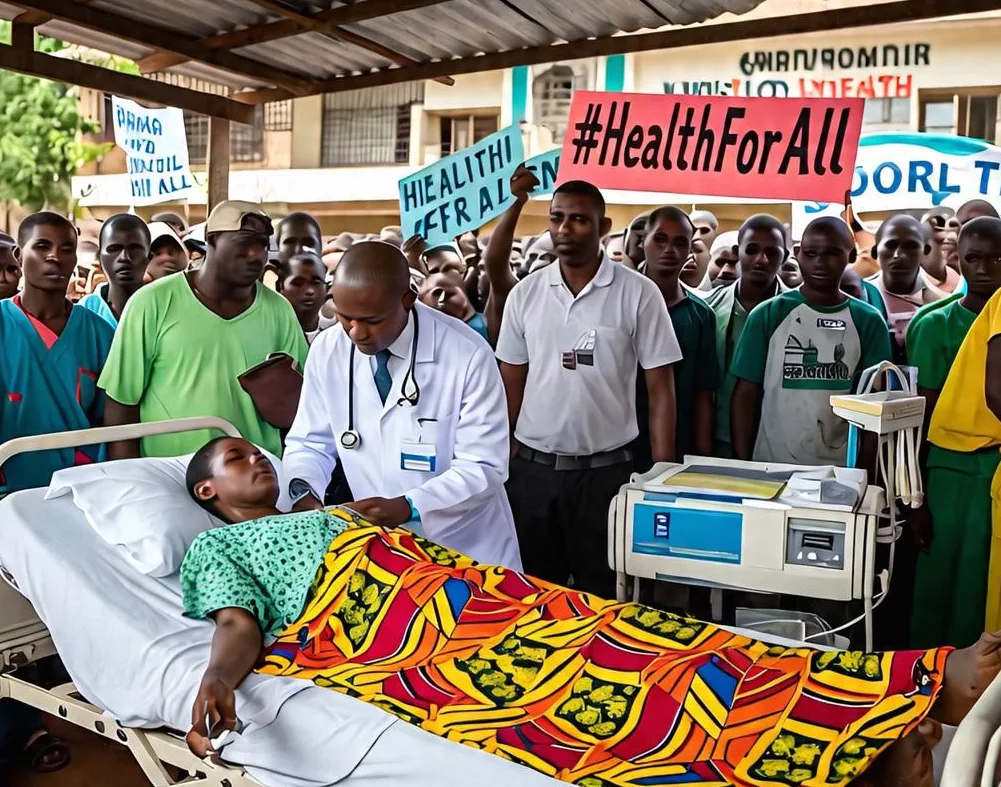By Byron Mutingwende
Calls to implement the 2016 Political Declaration meant to fast track the HIV prevention response, along with treatment are gaining momentum. This emerged at a Stakeholders’ meeting on HIV Prevention Revitalisation held at the Monomotapa Legacy Hotel in Harare early this week. The meeting was meant to take stock of the status of HIV Prevention and the progress made so far on the agenda on revitalising HIV prevention; and to agree on a set of strategic actions and innovations in order to fast-track the implementation of five pillars or core components of HIV prevention and agree on how to mobilise resources for HIV Prevention.
Jane Batte, the Fast-track Advisor at the Joint United Nations Programme on HIV/AIDS (UNAIDS) said that there was a global target of reducing 500,000 new infections by 2020; and achieve 90% access to combination prevention by key populations and young women and girls.
“The Political Declaration Commitment 3 seeks to ensure access to combination prevention options, including Pre-Exposure Prophylaxis (PreP), harm reduction, voluntary medical male circumcision (VMMC); and condoms to at least 90% of people (at risk) by 2020, especially young women and girls in high prevalence countries and key populations – gay men and other men who have sex with men, transgender people, sex workers, people who inject drugs and prisoners. THE expanded targets by 2020 are to reach 3 million with PrEP, reach 25 million men with VMMC and make 20 billion condoms available in low and middle-income countries,” Batte said.
Jabulani Mavudze , the Regional Research Monitoring and Evaluation Team Leader at SAfAIDS said that there was a need to increase the number of adolescent girls and young women (AGYW) receiving HIV and gender-based violence (GBV) prevention information and services, linked to care, and/or initiated on PrEP and/or treatment.
According to the United States Agency for International Development (USAID), the DREAMS (Determined, Resilient, Empowered, AIDS-free, Mentored and Safe) Initiative is an ambitious $385 million partnership to reduce HIV infection among adolescent girls and young women (AGYW) in HIV priority areas within Kenya, Lesotho, Malawi, Mozambique, South Africa, Swaziland, Tanzania, Uganda, Zambia, and Zimbabwe. The 10 DREAMS countries, all in sub-Saharan Africa, accounted for nearly half of the new HIV infections that occurred among the AGYW globally in 2014.
“Girls and young women account for over 70 percent of new HIV infections among adolescents in sub-Saharan Africa, and nearly 1,000 AGYW are infected with HIV every day. Social isolation, economic disadvantage, discriminatory cultural norms, orphan-hood, gender-based violence, and school dropout – all contribute to girls’ vulnerability to HIV. The DREAMS initiative goes beyond health to address these factors – a key to reaching the Sustainable Development Goal of ending AIDS by 2030,” reads a part of the USAID report.
As an intervention in the social protection for AGYW and their families, Mavudze said that increase number of households receiving economic subsidies, educational support, and vocational training was of paramount importance.
Rumbidzai Mapfumo, in her presentation on “Sisters Programme in Zimbabwe” (a national initiative calling for the active participation of sex workers -SWs) called for concerted effort in HIV prevention and care.
“In 2014, we expanded services for young women who sell sex (YWSS). The aim was to improve the acceptability, increase uptake and support for young women who sell sex. Although 20% of sex workers in surveys report that they began sex work when they were below 20 years of age, only 4% of programme attendees reported about that age. The YWSS are particularly vulnerable to HIV and poor access to information on sexual and reproductive health rights,” Mapfumo said.
In 2016, self testing was introduced to all 36 Sister’s Clinics under the umbrella of Star which is run by Population Services International (PSI). This year, self-help groups were introduced to build YWSS’ financial literacy, social cohesion, the psychological resilience and to support their engagement with prevention and care.
Dr. Talent Maphosa said that the high maternal viral load has been established as a strong independent risk factor for vertical HIV transmission In that regard, after identification, there is a need to escalate care to minimise the mother-to-child transmission (MTCT) risk, Maphosa said.






